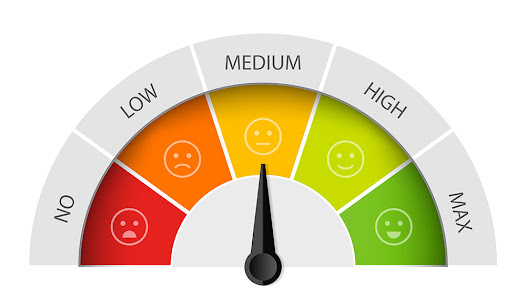Strategic Planning or Defining the Board's Purpose -
Which Comes First?
Strategic
Planning – these two words strike fear and uncertainty into many people’s
minds. Visions of endless “input sessions”, constant wordsmithing, discussions
that tend to migrate away from the real purpose, and in the end, a document
that is “binder-ized” (replete with those plastic fingered spines that prohibit
effective page turning), with fancy graphics and big words but is placed in the
“Strat Plng” file, and rarely consulted.... until you must do it again. Lather.
Rinse. Repeat.
Why does this
happen? The people doing the planning are often the same people who must
IMPLEMENT the plan. There is a huge difference between the overriding strategy
and the way this strategy is accomplished. Boards are responsible for
establishing the high-level strategy – not figuring out how to do it. That’s the
responsibility of the paid staff.
How does this
impact boards? Boards are often made up of DOERS – people who have accomplished
things, who have achieved, and who have been successful at getting things done.
Board members are generally results-oriented, like to look at data, and need
reassurance that their PLANS are coming to fruition. A consequence of a board
with a results orientation is to turn strategy planning into a discussion of how
to get it done. Is this what you want your board to do? What impact does the
board doing tactical planning have on the administration (the people who you
pay to achieve results)?
WHAT’S A
BOARD TO DO?
First,
identify the PURPOSE of the board. Make it a clean, short description. Remember,
you are talking about the purpose of the board, not the organization.
No fancy
words. One example might be
“The
purpose of the board is to oversee the organization by hiring the executive
director, providing policy direction, fiduciary oversight and be an advocate
for the organization.”
Once the
purpose of the board is established, define the roles of the board members.
What is your focus? What kinds of things should board members be involved in?
The roles of board members should generally follow the purpose of the board. If
oversight is the purpose of the board, should board
members be discussing the color to paint the building? If hiring the
executive director is one of the purposes of the board, do your board members
get involved in every hiring decision? If your board is responsible for
fiduciary oversight, should board members be examining every receipt? Allow
your purpose to guide your role.
What about
goals? Should board members have goals? The simple answer is “yes, every board
member should have goals”, but the goals that individual board members
have should be for themselves. The goals of a board should be SHARED
goals. A board member might want to “learn how to be a better fundraiser”. That
is her goal, for herself. The board may have as one of its goals “become a more
effective board”. That is a board goal that each board member should agree to.
SPOILER ALERT
– PURPOSE COMES BEFORE PLANNING
Board members
want to be a part of getting things done. That’s what they are used to doing outside
of the board room. Remember, the strategic planning that most boards do is high
level, not operational. Without understanding, and agreeing, on the purpose of
the board, it is impossible for the board to develop strategy. If the board
hasn’t determined their purpose and role, the strategic planning process will
get bogged down.
WE CAN HELP
BOARDynamics
can coach your board to gain agreement of your purpose, roles, goals, and
behavior. We bring a vast set of unique experiences on elected, appointed and
volunteer boards. Contact us and let us help you!






